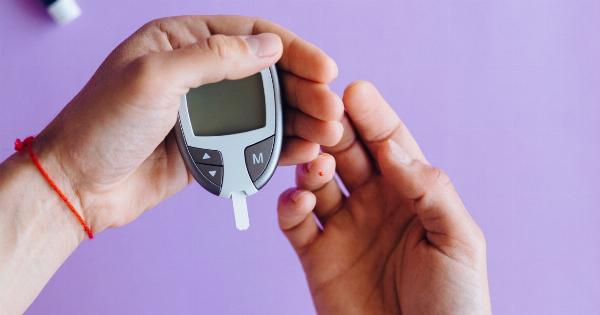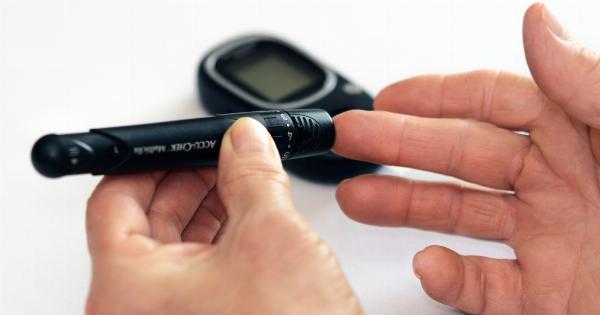Diabetes, a chronic condition that affects millions of people worldwide, requires careful management to prevent complications and maintain overall health.
With the right strategies and a well-rounded approach, individuals with diabetes can lead fulfilling lives. Here is a step-by-step guide to help you effectively manage diabetes and optimize your well-being.
1. Understand Diabetes
The first step in managing diabetes is to understand the condition and its impact on your body. Diabetes is a metabolic disorder characterized by high blood sugar levels.
There are different types of diabetes, including type 1, type 2, and gestational diabetes. Educate yourself about your specific type of diabetes, its causes, symptoms, and potential complications.
2. Build a Healthcare Team
Creating a strong support system is crucial for managing diabetes. Consult with a healthcare team that specializes in diabetes management, including endocrinologists, diabetes educators, dietitians, and nurses.
Work with these professionals to develop an individualized diabetes management plan that suits your specific needs and goals.
3. Adopt a Healthy Diet
Diet plays a vital role in managing diabetes. Focus on consuming a well-balanced diet consisting of whole grains, lean proteins, fruits, vegetables, and healthy fats. Limit your intake of sugary and processed foods.
Consider working with a dietitian to develop a meal plan tailored to your dietary requirements and blood sugar goals.
4. Monitor Blood Sugar Levels
Regularly monitoring your blood sugar levels is essential in managing diabetes. Use a blood glucose meter to measure your blood sugar. Keep a record of your readings and share them with your healthcare team during check-ups.
This information will help you and your healthcare provider make necessary adjustments to your diabetes management plan.
5. Engage in Regular Physical Activity
Exercise offers numerous benefits for individuals with diabetes. It helps lower blood sugar levels, improves insulin sensitivity, enhances cardiovascular health, and aids weight management.
Aim for at least 150 minutes of moderate-intensity aerobic activity, such as brisk walking or cycling, every week. Consult with your healthcare team before starting any exercise regimen.
6. Take Medications as Prescribed
If your diabetes is managed with medication, it is crucial to take them as prescribed by your healthcare provider. Follow the recommended dosage and schedule. Some medications may need to be taken with food, while others require specific timing.
Understand the potential side effects and discuss any concerns with your healthcare team.
7. Manage Stress
Chronic stress can negatively impact blood sugar levels and overall well-being. Explore stress management techniques, such as deep breathing exercises, meditation, yoga, or engaging in activities you enjoy.
Find healthy ways to cope with stress to maintain stable blood sugar levels and improve your mental health.
8. Get Regular Check-Ups
Regular check-ups with your healthcare provider are crucial in managing diabetes. These appointments allow your healthcare team to assess your overall health, monitor your blood sugar levels, and make necessary adjustments to your treatment plan.
Attend scheduled check-ups, even if you feel well, to ensure timely intervention and prevent complications.
9. Educate Yourself and Seek Support
Continual education is key to managing diabetes effectively. Stay updated on the latest research, treatment options, and lifestyle tips for diabetes management.
Attend diabetes education classes, workshops, and support groups to connect with others who share similar challenges. Sharing experiences and seeking support can greatly improve your diabetes management journey.
10. Prevent and Manage Complications
Diabetes can lead to various complications if left uncontrolled. Regularly monitor your blood sugar levels, blood pressure, and cholesterol levels. Get necessary vaccinations, such as flu and pneumonia shots, to protect against infections.
Seek prompt medical attention if you notice any potential signs of complications, such as numbness or tingling in your feet, vision changes, or frequent infections.
Remember, managing diabetes is a lifelong commitment that requires dedication and perseverance. By following this step-by-step guide, you can take control of your diabetes and lead a fulfilling life while minimizing its impact on your well-being.





























